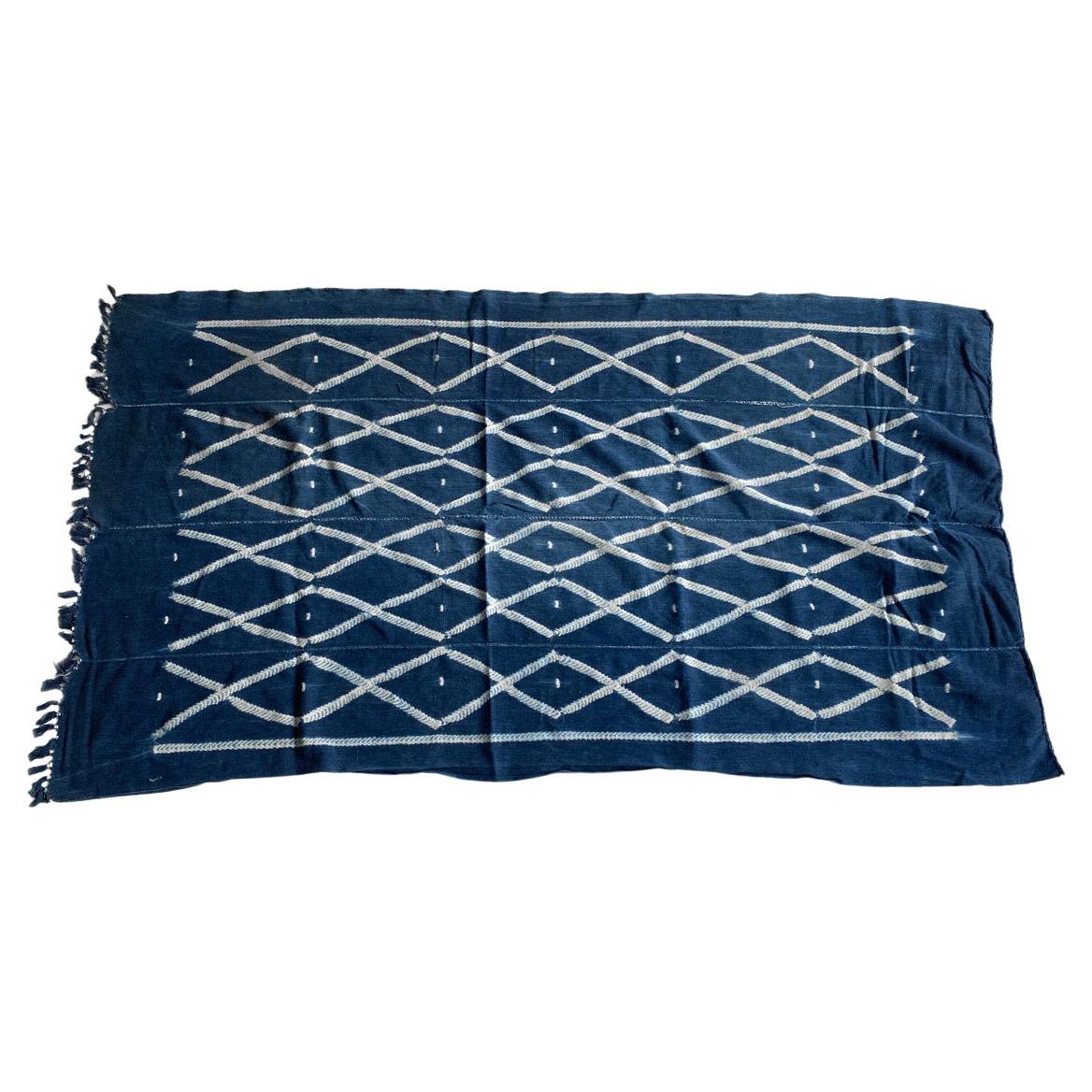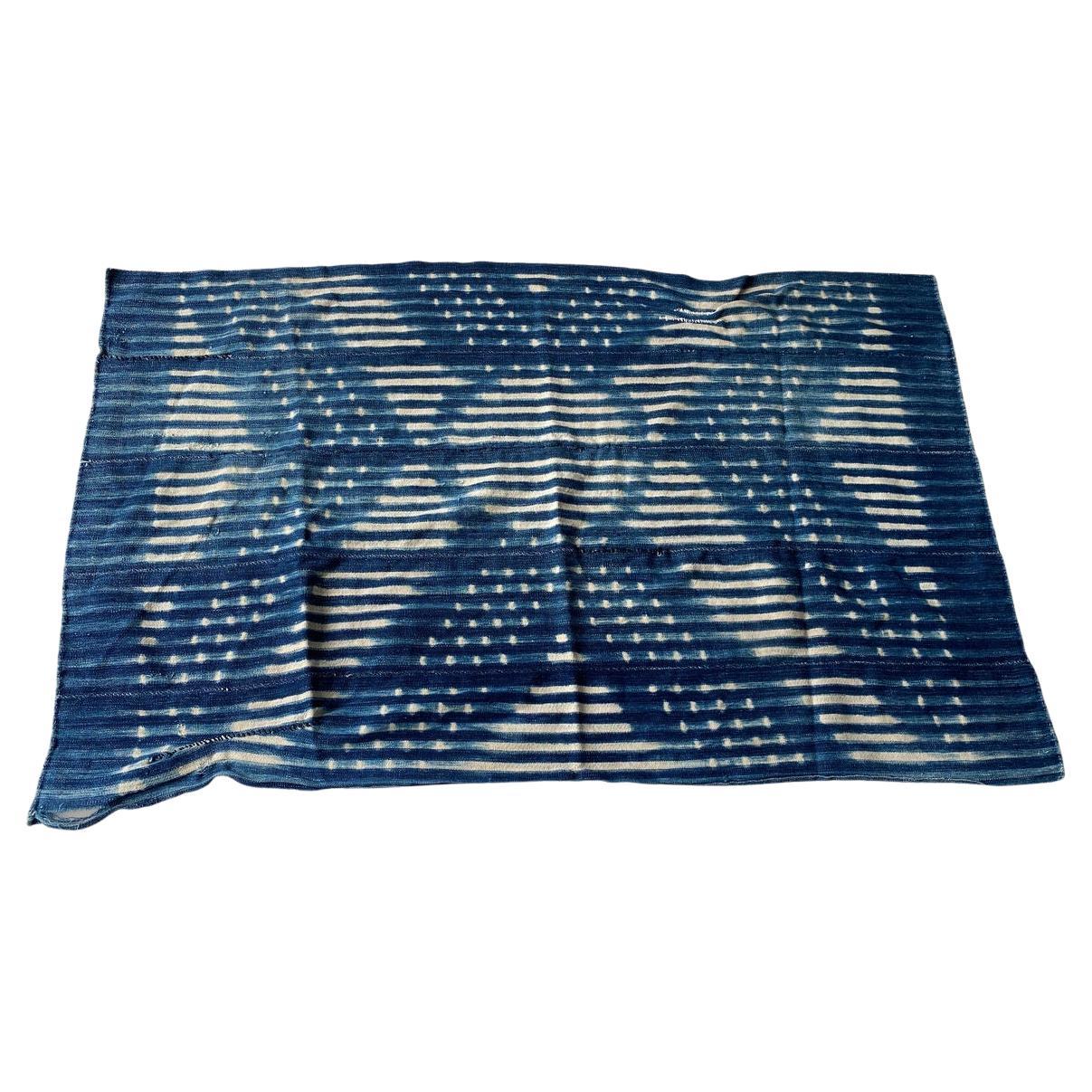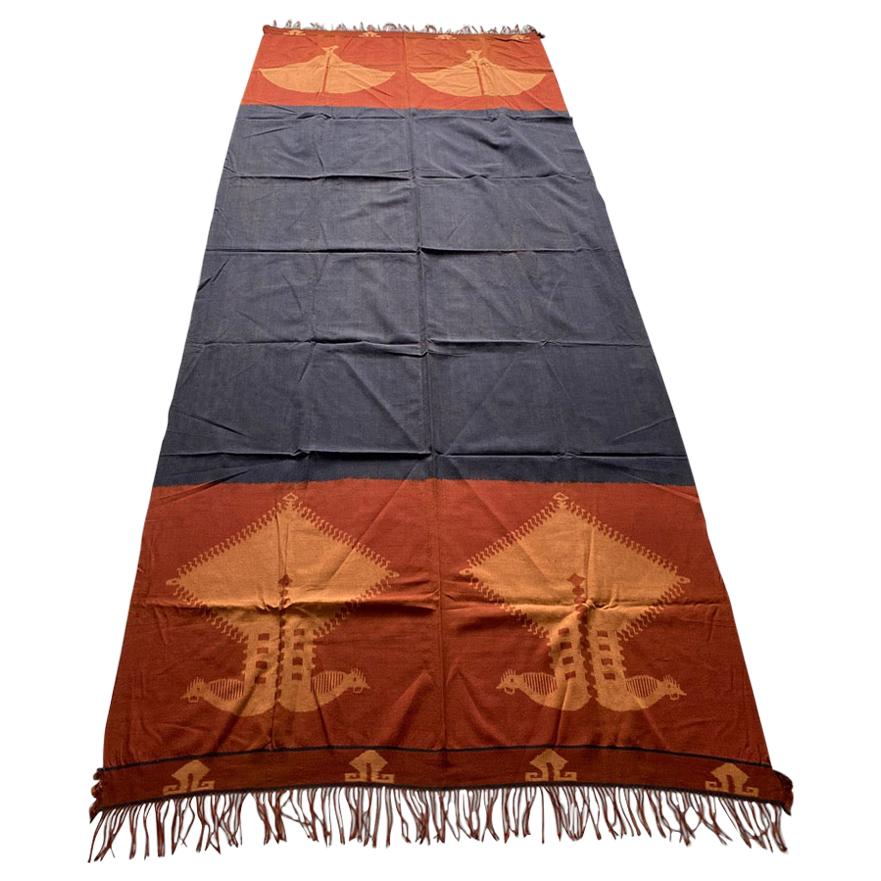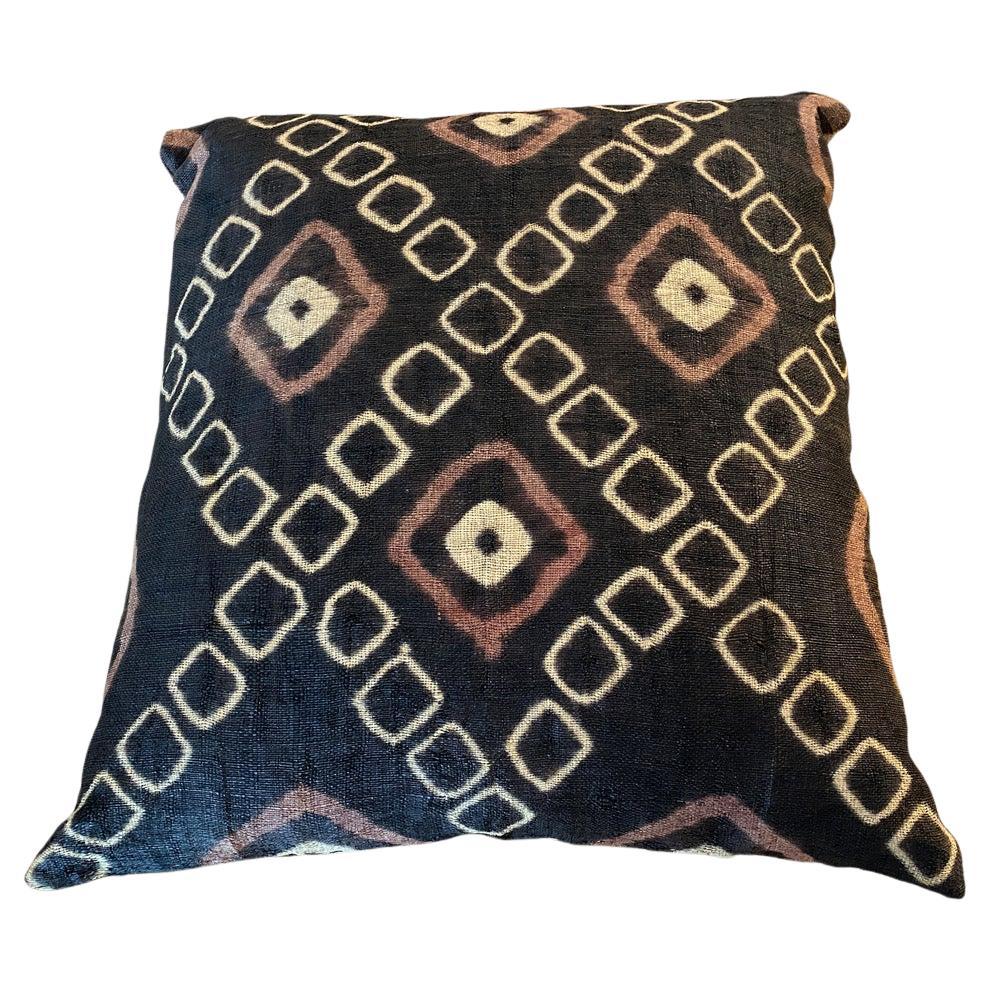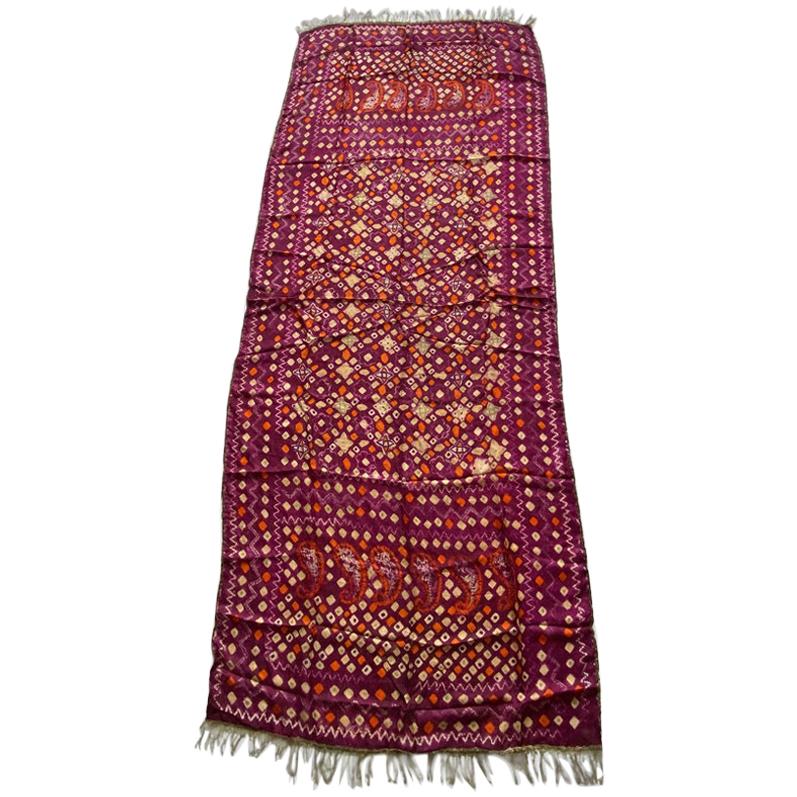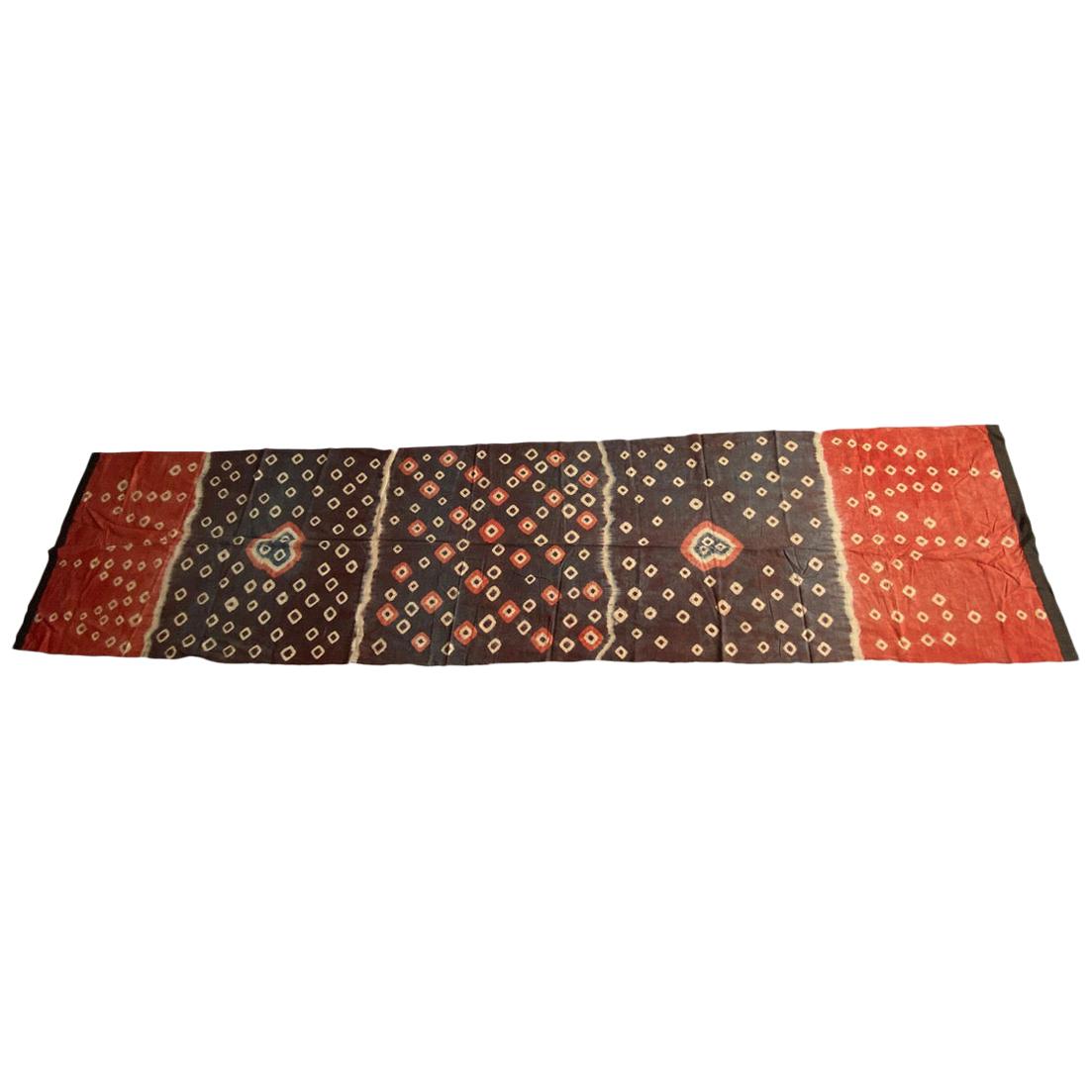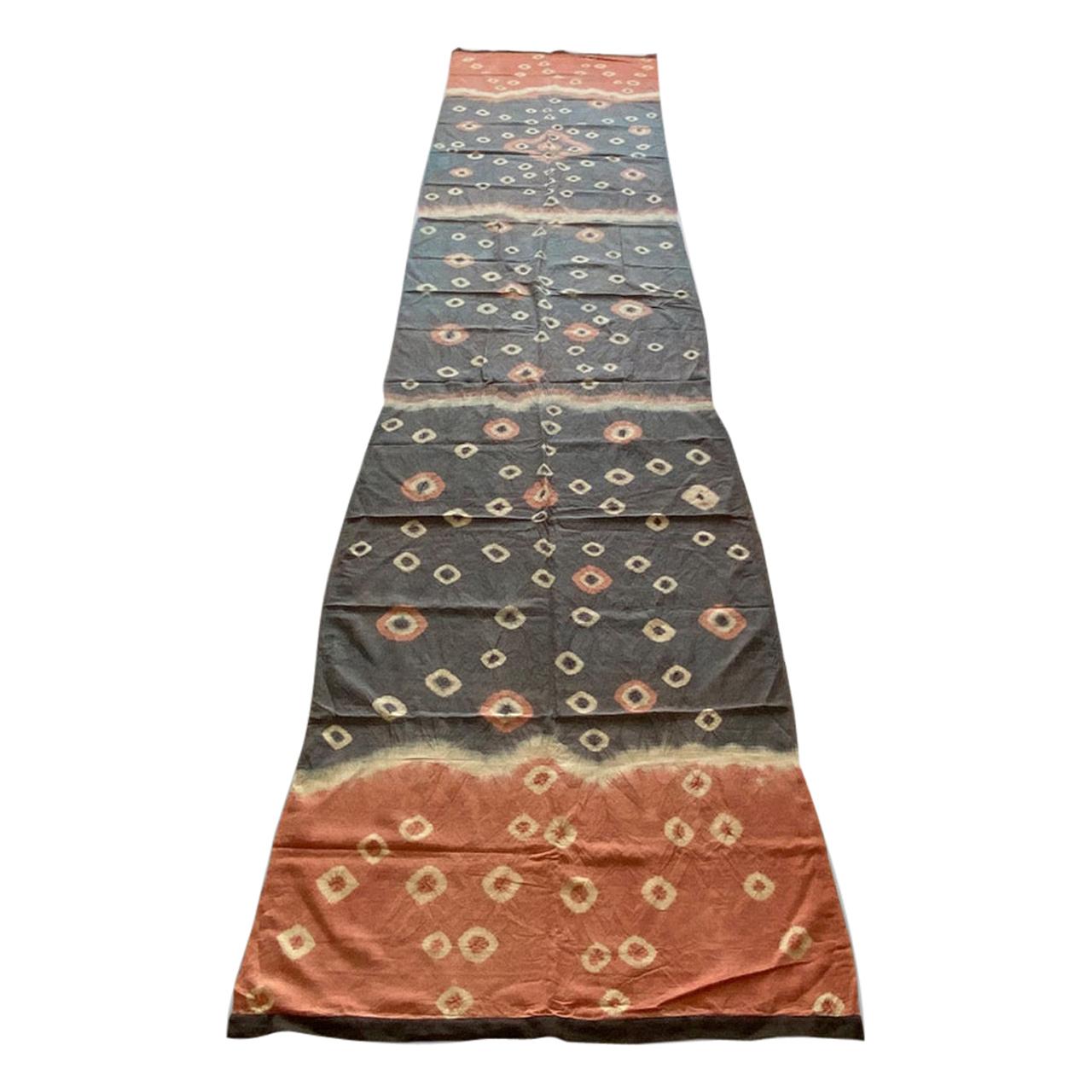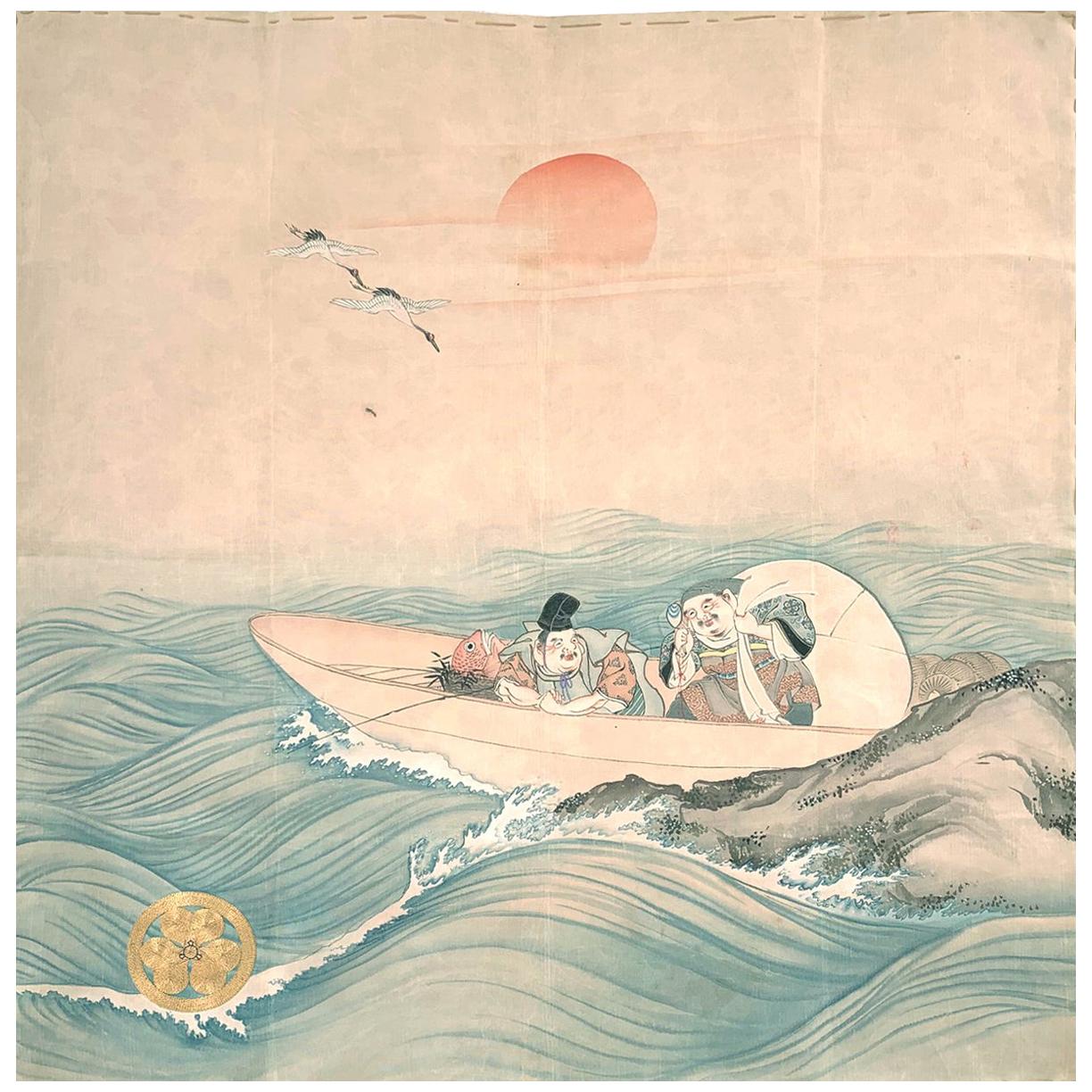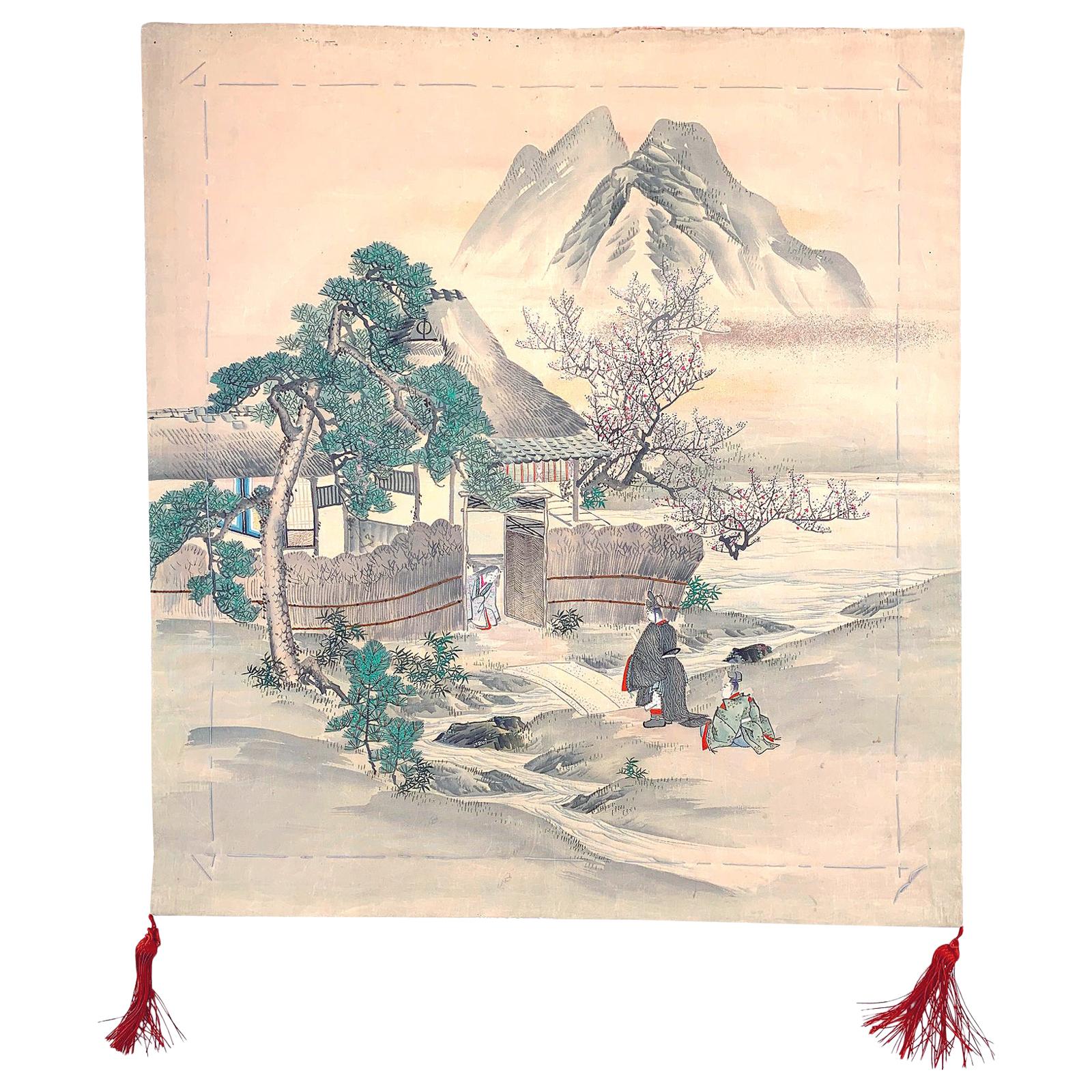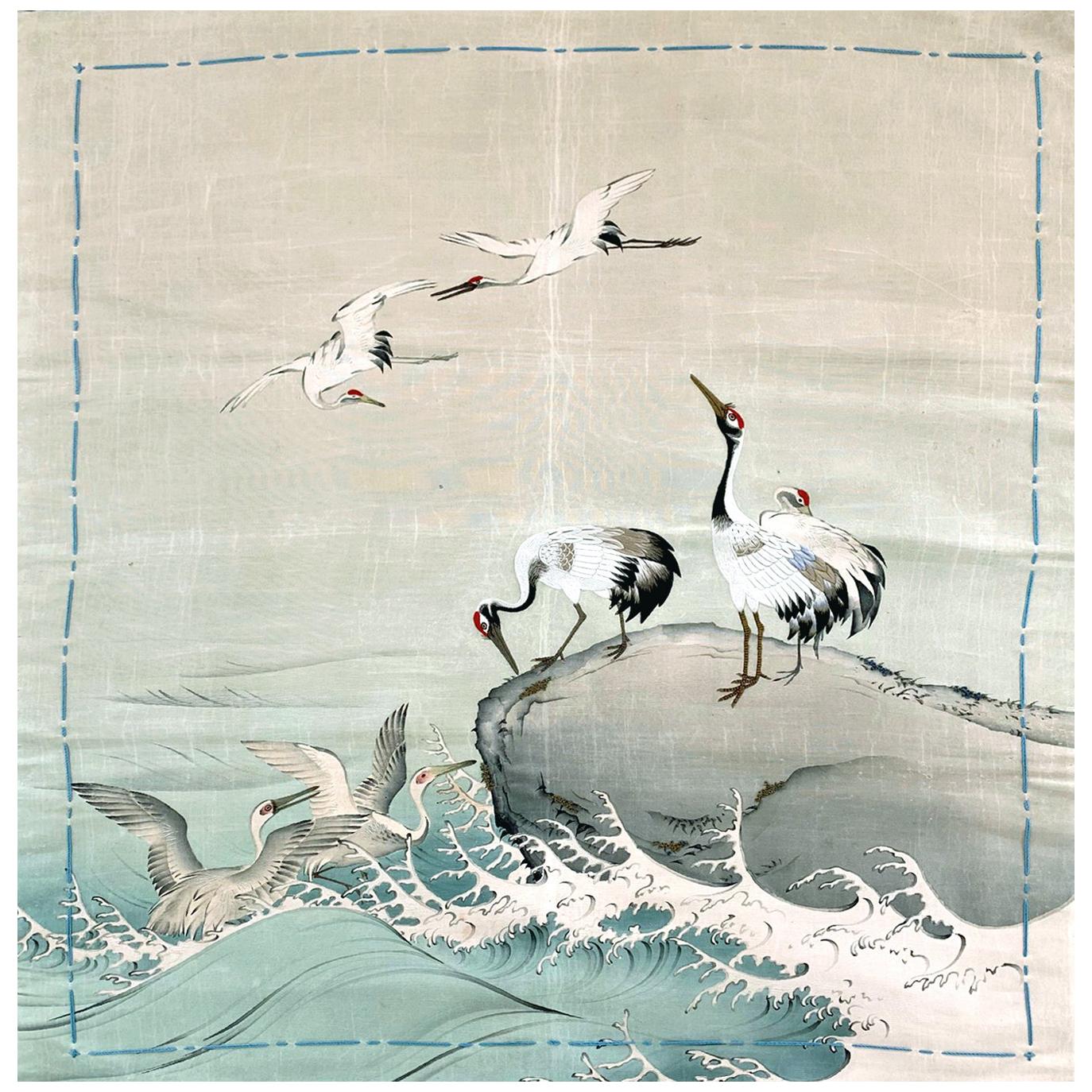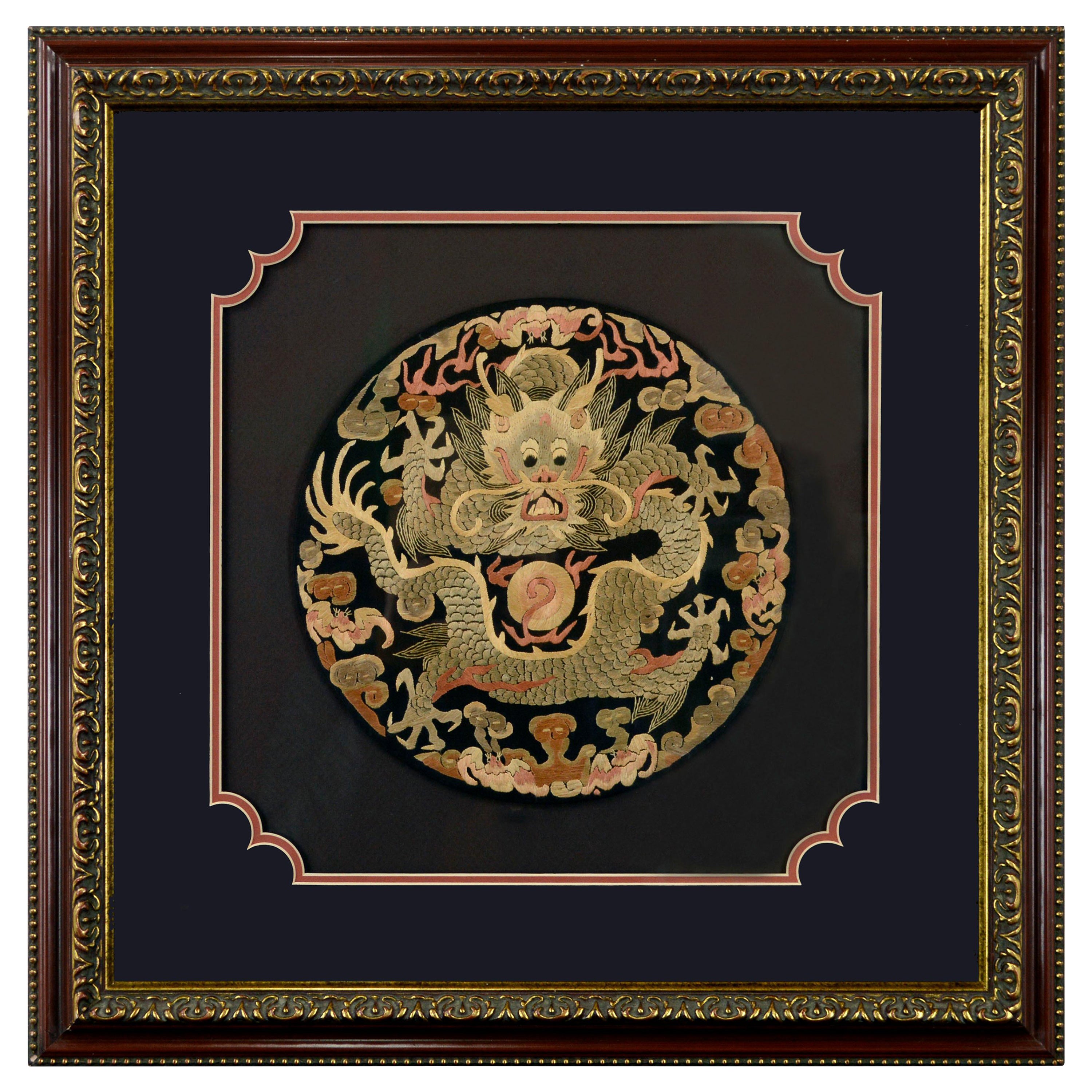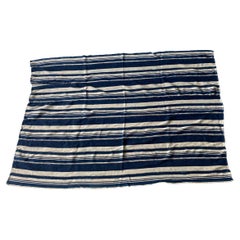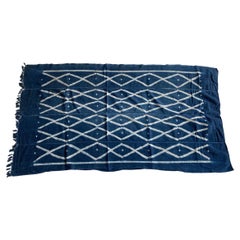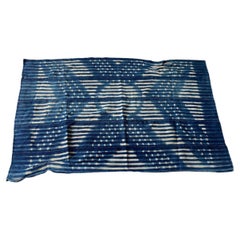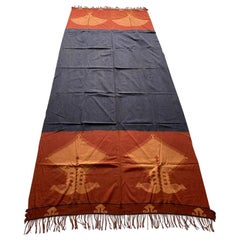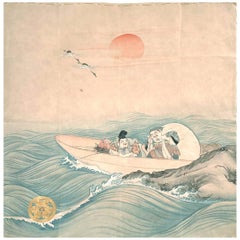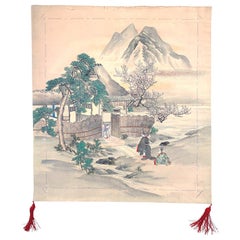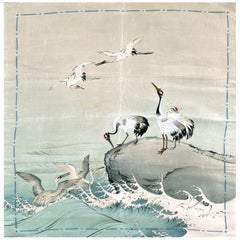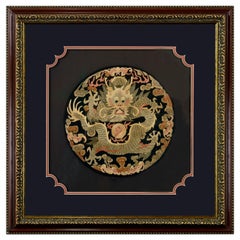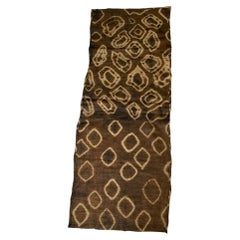
Andrianna Shamaris Antique African Raffia Textile
View Similar Items
Want more images or videos?
Request additional images or videos from the seller
1 of 21
Andrianna Shamaris Antique African Raffia Textile
About the Item
- Dimensions:Height: 53.15 in (135 cm)Width: 20.87 in (53 cm)Depth: 0.2 in (5 mm)
- Style:Tribal (In the Style Of)
- Materials and Techniques:
- Place of Origin:
- Period:
- Date of Manufacture:circa 1950
- Condition:Wear consistent with age and use.
- Seller Location:New York, NY
- Reference Number:Seller: 8ZR1stDibs: LU1080624000752
About the Seller
5.0
Recognized Seller
These prestigious sellers are industry leaders and represent the highest echelon for item quality and design.
Platinum Seller
Premium sellers with a 4.7+ rating and 24-hour response times
Established in 1988
1stDibs seller since 2014
1,196 sales on 1stDibs
Authenticity Guarantee
In the unlikely event there’s an issue with an item’s authenticity, contact us within 1 year for a full refund. DetailsMoney-Back Guarantee
If your item is not as described, is damaged in transit, or does not arrive, contact us within 7 days for a full refund. Details24-Hour Cancellation
You have a 24-hour grace period in which to reconsider your purchase, with no questions asked.Vetted Professional Sellers
Our world-class sellers must adhere to strict standards for service and quality, maintaining the integrity of our listings.Price-Match Guarantee
If you find that a seller listed the same item for a lower price elsewhere, we’ll match it.Trusted Global Delivery
Our best-in-class carrier network provides specialized shipping options worldwide, including custom delivery.More From This Seller
View AllAndrianna Shamaris Antique Indigo Mali Textile
Located in New York, NY
African Mali tribal textile circa 1950. Handwoven, vegetable dyed cotton. We only select the best.
This soft textile was sourced in the spirit of Wabi-Sabi, a Japanese philosophy...
Category
Mid-20th Century African Tribal Quilts and Blankets
Materials
Cotton
Andrianna Shamaris Antique Indigo Mali Textile
Located in New York, NY
African Mali tribal textile circa 1950. Handwoven, vegetable dyed cotton. We only select the best.
This soft textile was sourced in the spirit of Wabi-Sabi, a Japanese philosophy...
Category
Mid-20th Century African Tribal Quilts and Blankets
Materials
Cotton
Andrianna Shamaris Antique Indigo Mali Textile
Located in New York, NY
African Mali tribal textile circa 1950. Handwoven, vegetable dyed cotton. We only select the best.
This soft textile was sourced in the spirit of Wabi-Sabi, a Japanese philosophy ...
Category
Mid-20th Century African Tribal Quilts and Blankets
Materials
Cotton
Andrianna Shamaris Minimalist Antique Hand Woven Cotton Textile
By Andrianna Shamaris
Located in New York, NY
Bold contrasting tones on this minimalist ikat from Toraja Land. Ikat is an ancient technique which is used to add patterns to textiles. The designs are created in the yarns rather than on the finished cloth, which results with the pattern on both sides in bold contrasting colors.This beautiful, extra long textile...
Category
Early 20th Century Indonesian Tribal Quilts and Blankets
Materials
Cotton
Raffia Pillow
Located in New York, NY
Striking double backed African resist dye raffia textile made into a pillow. Geometric design in shades of brown, orange and natural. Concealed zipper and inserts included.
Andriann...
Category
2010s Indonesian Tribal Textiles
Materials
Cotton, Linen
$490
Antique Burnt Orange and Purple Silk Textile
Located in New York, NY
Stunning contrasting colors featuring a metallic fringe on this beautiful fine silk, tie dye ceremonial shoulder cloth from Palembang, Sumatra. Early 20 century.
There are 2 very small holes shown on the last image, to be expected due to the age. We only source the best. This beautiful shawl can be worn or used as a wall hanging framed...
Category
Early 20th Century Indonesian Tribal Textiles
Materials
Silk
You May Also Like
Japanese Antique Fukusa Textile Art Meiji Period
Located in Atlanta, GA
A Japanese silk Fukusa panel circa late 19th-early 20th century of Meiji Period. The front was beautifully decorated with Yuzen-zome, a labor intensive resist-dye technique invested ...
Category
Early 20th Century Japanese Japonisme Textiles
Materials
Silk, Beads
Japanese Antique Fukusa Textile Art Meiji Period
Located in Atlanta, GA
A Japanese silk Fukusa panel circa late 19th-early 20th century of Meiji Period. The front was beautifully decorated with Yuzen-zome, a labor intensive resist-dye technique invested by an artist monk Miyazaki Yuzensai (1654 -1736) of Edo period. The front cover likely depicts a scene from the Tale of Genji, showing a nobleman and his servant pays a visit to a lady in a fenced thatch-roof house under a high peak. The details of blossom trees and pines, as well as the characters, and scenery with a gradual color are astounding. It is telling that the Yuzen dying was used such an mastery.
The piece has a red silk backing and still retains two red tassels on the lower corners as well as decorative stitches along the edges. There is a patched design on the back likely a Mon symbol (family crest).
Fukusa is a traditional Japanese textile...
Category
Early 20th Century Japanese Japonisme Textiles
Materials
Silk
Japanese Antique Fusuka Textile Art Meiji Period
Located in Atlanta, GA
A Japanese silk Fukusa panel circa late 19th-early 20th century of Meiji Period. The front was beautifully decorated with Yuzen-zome, a labor intensive resist-dye technique invested by an artist monk Miyazaki Yuzensai (1654 -1736) of Edo period. The auspicious composition features a group of red-crown cranes, the symbol of longevity. Three of them perch on the rock by the ocean (East Sea) an two of them are in flight. Additionally, two egrets frolic in the wave. Yuzen dying was used extensively to showcase the amazing details such as the waves and the gradual coloring effect. Embroidery was used sparsely to highlight areas such as the legs of the crane to render it more dimensional details.
The piece has a red silk backing and still retains four blue tassels on corners as well as decorative stitches along the edges.
Fukusa is a traditional Japanese textile...
Category
Early 20th Century Japanese Japonisme Textiles
Materials
Brocade, Silk
Chinese Dragon, Framed Silk Textile Surcoat Embroidery
Located in Soquel, CA
Late 19th century Chinese silk embroidery rank badge textile, with a finely detailed dragon along with other various symbols embro...
Category
Antique 1890s Chinese Qing Textiles
Materials
Silk
Collection of Five Japanese Oshi-E Textile Art Panels Meiji Period
Located in Atlanta, GA
On offer is a set of five Japanese textile art panels called Oshi-E circa Meiji Period (1868-1912). This usual set of panels depict various aspects of daily life in Edo time with beautiful details. Some of these panels are snapshots of the buzzling commercial activities at the marketplace, providing insight into the signages, architecture, costumes and how people interacted within a historical and pictorial context. Other panels depict daily leisure activities such as lounging in the park or visiting friends. The realistic rendering and attention to details are not short of "photographic" quality. From the signage of the shops to the motions and attires of the individual characters, from the hairstyle, small ornaments, down to the facial expression, were all recorded in great details. Each panel was signed with the artist's name Yukihana in Kanji with a red seal.
These panels are unframed and await your custom touch (framing with inner gilt spacer and mat costs about 250-500 depending on the material chosen, see a framed example in the last picture of a single framed panel we have for sale). We offer them for sale individually, but it will be great for a collector to consider the whole set so that they can stay together.
The Oshi-E (also known as kiritori zaiku) is a type of ornamental textile art dated back to the Muromachi period (1392-1573). It started among the elite aristocratic women in Kyoto before spreading wider in the Japanese society. Throughout Edo and Meiji period, Oshi-E were sometimes used to make offerings to the altars in the temple and in the late 19th century, it was exported to the west along with the other embroidery textile art. Oshi-E was made by using silk wadding to create a relief design. Various silk fabric swaps and sometimes wires and tassels, often recycled from older kimonos...
Category
Antique 1890s Japanese Japonisme Textiles
Materials
Silk, Giltwood
Five Clawed Dragon Chinese Silk and Metallic Thread Embroidered Textile
Located in Ferrara, IT
In this amazing textile, dragons with five claws are flying among the clouds and seem to be protecting a very special diamond. In the past, the dragon was a symbol of power and luck....
Category
Antique Late 19th Century Chinese Other Textiles
Materials
Metallic Thread

